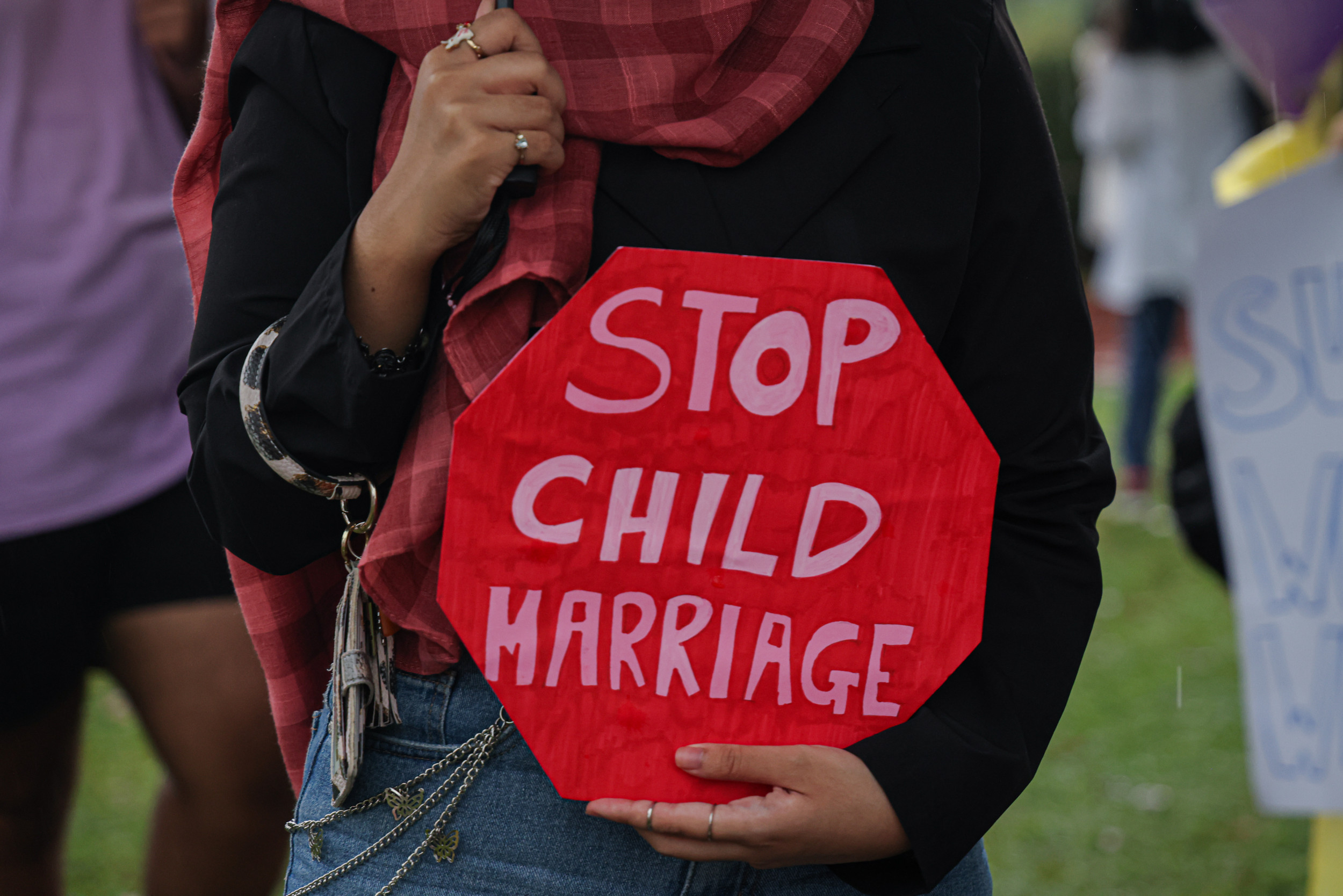COVID cases in the U.S. have been surging over the past several days, driven by the Omicron variant, while the Centers for Disease Control and Prevention (CDC) has also reported that flu is on the rise.
The CDC notes that the symptoms of flu, COVID and other respiratory illnesses can sometimes be similar and that testing is needed to confirm a diagnosis.
While the flu and COVID are caused by a specific type of virus, the common cold can be caused by various different viruses, including rhinoviruses, parainfluenza and seasonal coronaviruses (not to be confused with SARS-CoV-2, the virus that causes COVID-19).
Recently, reports have emerged that the more recent variants of COVID like Omicron have caused symptoms in people that have been described as like those of a cold.
As such, people have been advised to get a COVID test even if they only have cold-like symptoms as their illness could be COVID and they could spread it to other people.
Professor Tim Spector, lead scientist for the U.K.'s ZOE COVID symptoms app, told Newsweek last week: "It's clear at the moment that when we look particularly in areas with high Omicron rates, but also to some extent nationally, we're seeing a similar picture, which is that non-classical [COVID] symptoms now dominate."
The ZOE symptom study noted on December 16 that, based on analysis of symptom data from positive COVID cases in London in both October and December, the top five reported symptoms were a runny nose, a headache, fatigue, sneezing and a sore throat.
Common colds will be familiar to everyone with millions of cases each year in the U.S. Adults have an average of two to three colds each year, and children may have even more. They're most common in the winter and spring, but can occur at any time of the year.
Common cold symptoms usually include a sore throat, a runny nose, coughing, sneezing and head and body aches. Most people recover from common colds in about seven to 10 days, the CDC states, though people with weakened immune systems, asthma, or respiratory conditions may develop more serious illnesses like pneumonia.
Different List of Symptoms
Some symptoms of COVID are different from those of the common cold, according to the Cleveland Clinic. These include fever, chills and shaking, shortness of breath, loss of taste or smell and diarrhea.
In the U.S. alone, COVID has caused over 800,000 deaths since the start of the pandemic, according to recent CDC data and it has hospitalized many more.
Over 3.5 million people in the U.S. were admitted to hospital with COVID between the dates of August 1, 2020, and December 21, 2021, CDC data shows.
In addition, the condition known as long COVID continues to affect the lives of many people who caught the disease.
Regardless of what is causing a respiratory illness, the Children's Hospital of Los Angeles states: "Regardless of whether or not you think this is COVID-19, if your child is having difficulty breathing, is unresponsive or is unable to eat or drink, seek immediate medical care."

Uncommon Knowledge
Newsweek is committed to challenging conventional wisdom and finding connections in the search for common ground.
Newsweek is committed to challenging conventional wisdom and finding connections in the search for common ground.
About the writer
To read how Newsweek uses AI as a newsroom tool, Click here.






